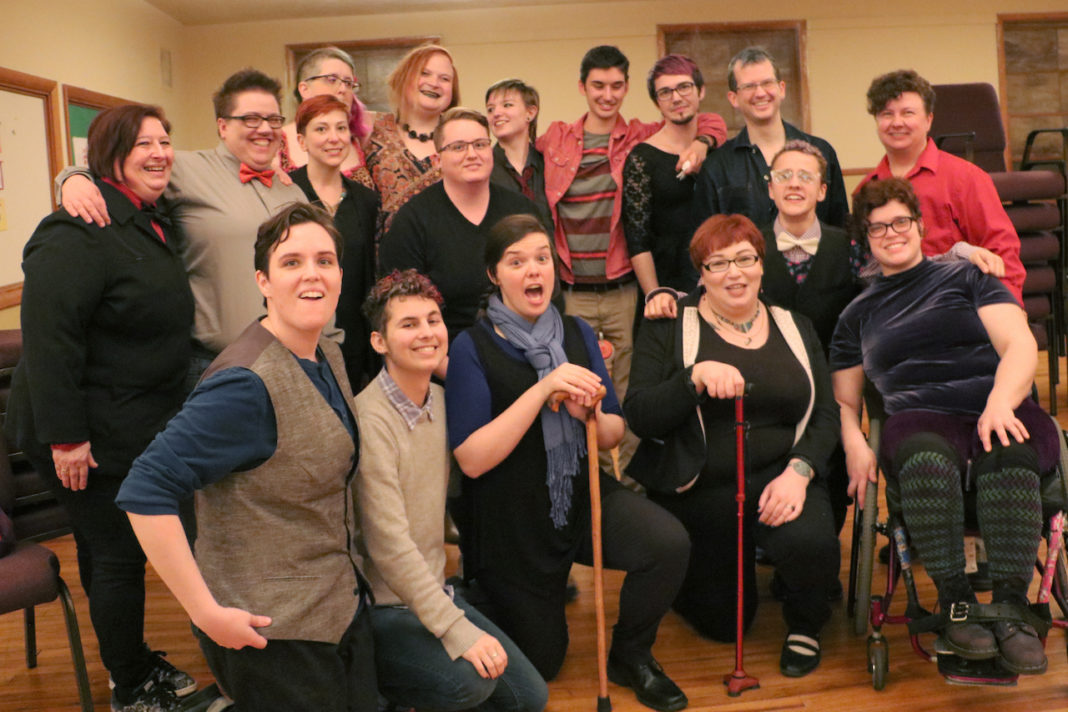Portland developers are hoping to work with Multnomah County in creating a year-round, indoor-outdoor public market that showcases local growers, similar to Pike Place Market in Seattle, Wash.
Public market nearing fruition
Portland developers are hoping to work with Multnomah County in creating a year-round, indoor-outdoor public market that showcases local growers, similar to Pike Place Market in Seattle, Wash.
The James Beard Public Market, named after one of Portland’s first famous foodies, is proposed for creation at the foot of the western end of the Morrison Bridge. Currently, the Multnomah County-owned space is being used as surface parking lots. Ron Paul, consulting director for the project, is working with developer Melvin Mark Companies to revitalize the four blocks into something that will have a significant impact on our local economy. Melvin Mark, Jr. led the campaigns to renovate Pioneer Courthouse Square, the Portland Art Museum and the downtown library.
This is a great idea. A public market in Portland serves as a focal point for the zeitgeist that Portland is so famous for. Portlanders love honest, nourishing food and wine—and our region produces the best. The success of the Portland Farmers’ Market is an indication of the possible economic impact the public market could have. Paul states that according to case studies on buying locally, from every $100 spent at a nationally owned company, only $17 remains in our local economy, though $54 from that same $100 purchase remains circulating here if spent buying local products. The public market would cut out the wholesalers and middlemen, and directly connect our rural and urban communities.
National companies like Whole Foods and New Seasons Market capitalize on our region’s wealth of available goods. Whole Foods (or as I like to call it, Whole Paycheck) sells locally grown foods at a premium. The public market would allow growers and customers to meet face to face, getting us that much closer to an honest understanding of where our food comes from.
Growers would also be able to charge competitively and have some agency in the sale of their product post-production. This means Portland residents would have access to affordable, healthy food year round, nourishing themselves as much as their local economy.
A venue for local goods puts the dignity back in farming. Corporations and the tyrannical seed industry have stripped growers of millennia-old farming practices, such as saving seeds, in order to keep land-rich, cash-poor farmers under their control. Huge corporations like Monsanto recently announced a 42 percent hike on its genetically modified seeds. Farmers that choose to save their seeds rather than buy more from Monsanto the next season are actively pursued and devoured by the corporate giant.
Providing a direct connection between growers and the public is a step in the right direction for the sustainability of the industry.
This wouldn’t be Portland’s first public market. Ankeny Square and the New Market Theater building (1872) were the locations of the first, organized attempt. From the 1890s to 1930s, Southwest Yamhill Street was home to hundreds of vendors and served as a catalyst for the surrounding area. The city tried to capitalize on the Yamhill market and built a permanent facility downtown. The Portland Public Market lasted for about a decade but deviated from the successful formula proven by the Yamhill market and died by World War II.
Our current Farmers’ Market is seasonal, only occurring on weekends, yet has remained wildly successful for almost 20 years. The nonprofit boasts 620,000 visitors annually and $6 million in sales in 2009. The market has been lauded as one of the country’s 10 best by The Huffington Post and the best in the world by Delta Airlines. All of this, and not a cent of help from the city. Instead, the Portland Farmers’ Market must pay $20,000 in permitting fees. The market’s annual $550,000 budget comes directly from dues paid by the market’s 200 vendors.
The proposed James Beard Public Market will house about the same amount of vendors. Leaders of the Portland Farmers Market have expressed interest in a permanent, covered facility to allow them year-round sales. City subsidies would help to lower the burden on individual vendors and allow smaller companies the ability to showcase their products. I think I see a love connection developing here. Come on guys, let’s get involved.
Rather than investing millions in research and development for a new market, why not invest in the successful market we already have? City officials and developers are looking to Seattle and San Francisco, Calif., for examples of public markets when the best model for Portland is already here. If history has taught us anything, markets, like the food they sell, must grow organically. A city subsidy would be the next big step for the Portland Farmers’ Market and a giant leap for Portland.




